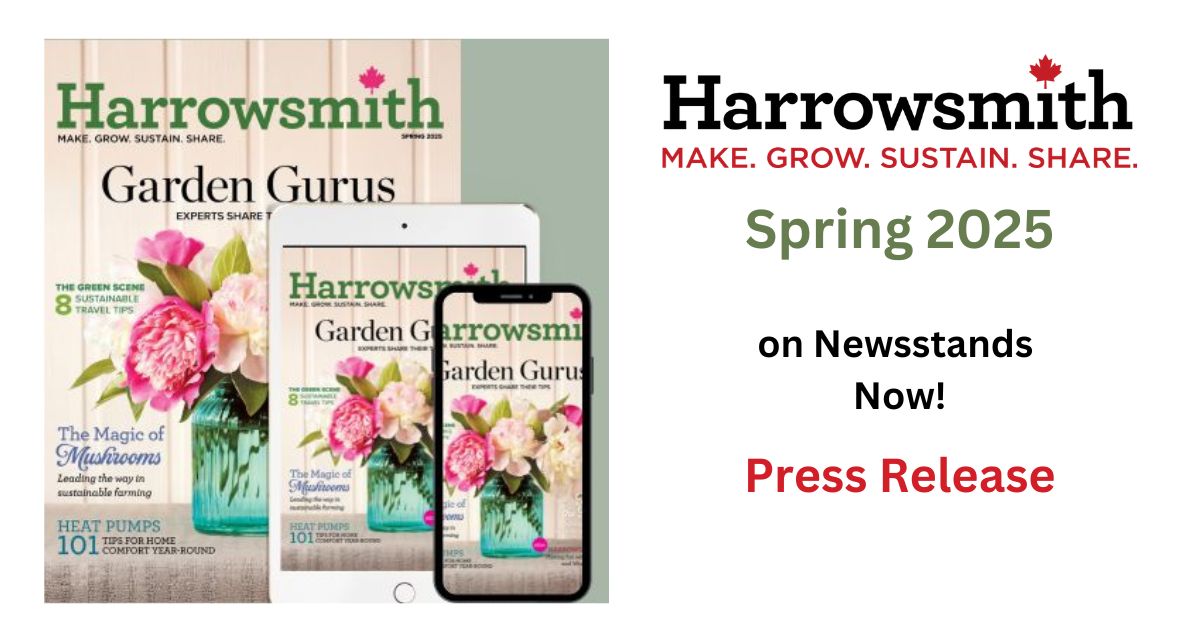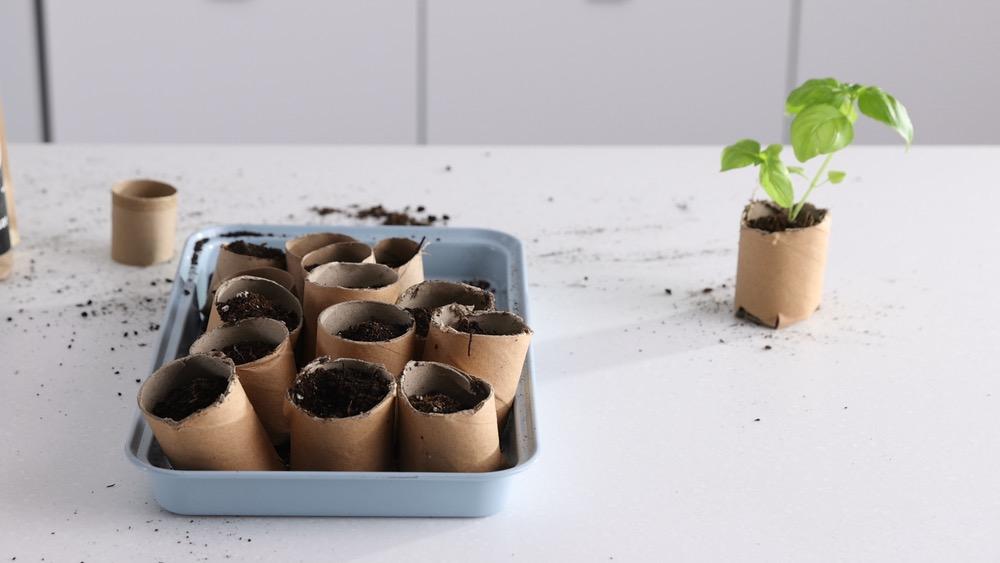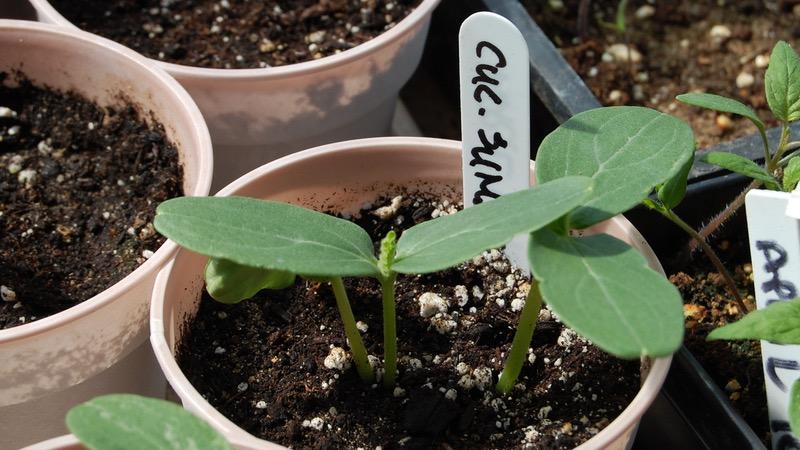Watching the birds in winter brightens any dark day. Here’s what you need to know to bring them to your yard.

Choose the right birdseed
When it comes to feeding birds, be sure to use the appropriate seed. Consider what kinds of birds you wish to attract to your yard, and put out the appropriate seed in your feeders.
- Black oil sunflower seed is the closest to a universally accepted birdseed. Cardinals and goldfinches love it.
- Buckwheat and cracked corn attract mourning doves. Avoiding cracked corn in your birdseed mix will help to minimize the population of grackles and mourning doves at your feeders.
- Quality canary seed attracts house sparrows. Song sparrows have an even stronger preference for it than house sparrows.
- Safflower, in our experience, may be the last birdseed you will ever buy. Very few birds will eat it, but squirrels don’t like it either, which is why it is often sold as “squirrel-free.” Worth thinking this one over before you buy.
- Black-striped sunflower seeds are preferred by most songbirds. The smaller the seed, the better.
- Thistle is the number one choice for attracting finches. Goldfinches are brownish in colour this time of year but change to brilliant yellow in the spring.
- Unsalted, shelled peanuts are candy for most woodpeckers and blue jays.
- Quality suet—unsalted and full of nuts or meal worms—is an excellent way to attract woodpeckers to your yard.
One more word on birdseed. You will notice that the price for seed blends varies widely. It is our experience that most of the inexpensive blends contain cheap seed, including wheat, corn, cracked corn and inexpensive canary seed. For the most part, buying birdseed is a case of getting quality for what you pay. Experience will help to lead you down this path.
Find the right bird-feeding technique
- Upside-down suet feeders attract woodpeckers but discourage most grackles, which travel in herds like flying baboons, raiding bird feeders as they go. Grackles do not like to feed upside down.
- A peanut feeder is the best way to offer shelled peanuts to birds. Similarly, a finch feeder provides the best access to finch food.
- Cleaning your bird feeders regularly helps to minimize disease. When birds congregate around bird feeders, there is a greater propensity for the spreading of disease.

Provide birds with shelter
Birds need shelter to breed and for protection from cold, wind, snow and their enemies, such as hawks, falcons and neighbourhood cats. Especially cats. The best protection that you can provide wild birds is evergreens that grow tall and thick. Cedars, spruce, fir and the like all work like a charm.
Keep in mind that bird feeders should be located within a metre (3 feet) of a window or more than 10 metres (33 feet) from a window. Within a metre, birds cannot build up enough speed to hurt themselves too seriously if they hit the window, while more than 10 metres away provides them with an opportunity to veer away from the window when they realize it is not a thoroughfare to another part of your garden.
Remember: Healthy birds, healthy planet
Our friends at Bird Studies Canada remind us that birds are an important indicator of the health of our environment: a healthy planet equals healthy birds.
Attracting the maximum number of birds to your yard and garden takes much more than a bird feeder full of seed. Water, carefully chosen plants and tall trees can all help these species succeed.
Global Bird Count in February
Participate in the Great Backyard Bird Count. This worldwide event allows us to observe birds from our homes, contributing to a global snap-shot of bird populations. To participate, watch birds for 15 minutes or more, at least once over the four days, identify all the birds you see or hear within your planned time/location and share your bird sightings. Learn more at www.birdcount.org. By getting involved in this, we aid in understanding and conserving birds, adding to a collective knowledge base.
Mark Cullen is an expert gardener, author, broadcaster and tree advocate
and holds the Order of Canada. His son, Ben, is a fourth-generation
urban gardener and a graduate of the University of Guelph and Dalhousie
University in Halifax. Follow them at markcullen.com, @MarkCullen4
(Twitter) and @markcullengardening (Facebook) and look for their latest book, Escape to Reality.
Follow them at markcullen.com, @MarkCullen4, facebook.com/markcullengardening and biweekly on Global TV’s national morning show, The Morning Show.













